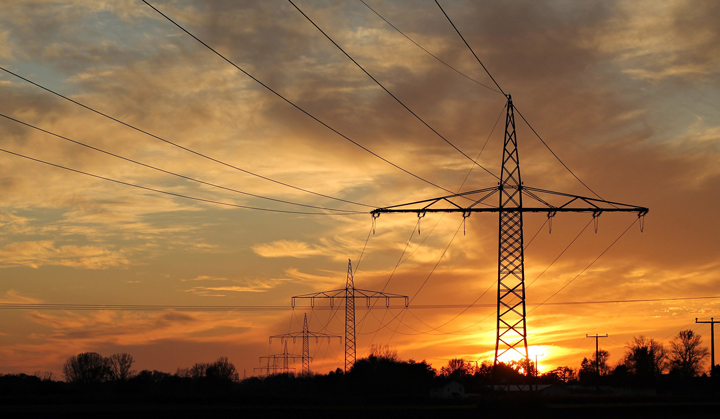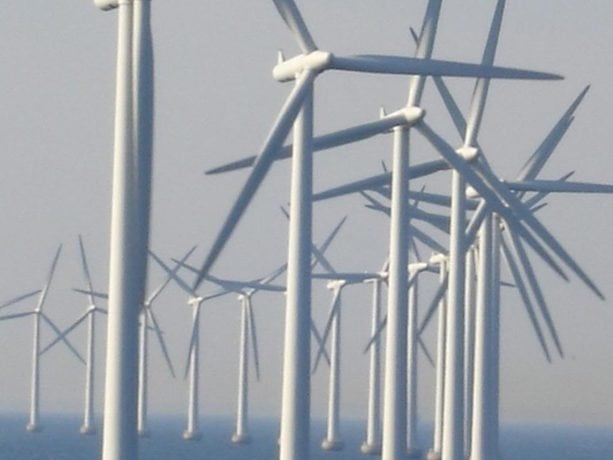SECURING DATA CENTRE POWER

In Devon, a public swimming pool is being heated by an unusual source ─ a small, local data centre. Data centre use is ubiquitous, with virtually every business using its own, or someone else’s, data storage system. But power outages continue to pose a problem for these services, which, by the nature of their application, need to be available 24/7.
So how can we minimise the risks? Here, David Atkins, projects director at Cressall explains.
Data centres are physical facilities housing an organisation’s IT infrastructure, including its networked computers and data storage. These centres support many aspects of a business’s online applications and activities, whether it’s virtual desktops or enterprise databases. With the accelerating pace of digitalisation, the demand for data services is growing exponentially, with McKinsey and Company forecasting the demand for data centres in the US to grow ten per cent year-on-year until 2030. Similar growth has been forecasted in Europe and the Far and Middle East.
However even with the growth demand, data centres have an increasing problem ─ power outages. According to a 2022 report by the Uptime Institute, 20 per cent of organisations experienced at least one severe outage within the last three years. And more than half of those outages are costing businesses upwards of 100,000 GBP/Euros/USD in losses.
More than 40 per cent of outages that are classed as ‘significant’ in terms of their downtime and financial impact are related to power, with the single biggest cause of power incidents being uninterruptible power supply (UPS) failures. So why are outages such as a big problem with data centres, and what can we do to prevent them?
PREVENTING OUTAGES
Data centres are estimated to be responsible for around one per cent of the world’s total electricity usage. Devices and equipment run constantly to ensure an always-available service, consuming energy and generating a lot of heat, which in turn requires an advanced cooling system.
Combined with other common problems, such as machines reaching their end-of-life and equipment failures, means that the maintaining the infrastructure of a data centre is something that needs to be planned and supported. Making them more reliable doesn’t need to be complicated; with the right design, planning, and maintenance testing programs in place, data centres can maximise their efficiency and minimise potential downtime.
Ensuring sufficient infrastructure is in place right from installation helps to ensure that the facility has everything it needs to support its operations. Trying to squeeze in additional equipment at a later stage, though tempting, is only likely to increase the risk of potential problems caused by systems running at overcapacity or overheating the existing cooling systems in place.
It also doesn’t leave any servers free to reroute services to if another one fails, making contingency planning much more difficult. It’s important when making plans for potential failures that all potential problem areas are considered. For example, hot weather can put additional strain on cooling systems, so it’s recommended to leave some allowance for environmental factors.
Plans should also be made in case of blackouts. Data centres rely on the availability of a constant stream of electricity. In the case that this cannot be provided, there must be a working backup generator that can keep operations afloat.
THE IMPORTANCE OF TESTING
Implementing regular testing programs and inspecting all items of equipment is key in preventing outages and ensuring that all machines are operating correctly. But testing in these environments can be challenging. With many data centres designed to maximise equipment space, there may be limited room for maintenance workers to carry and move large testing equipment.
Furthermore, the testing must be carried out to a level that is representative of its working load. This is particularly relevant when it comes to backup generators, which may be called upon at any moment to provide power.
It may be difficult to find a tester that maintains its portability while being capable of handling the voltages present within data centres, but opting for a more compact solution like Cressall’s EV2 could be the answer.
Frequently implemented in electric vehicles to aid regenerative braking, the EV2 offers a high power-to-weight ratio of 9.3 kW/Kg. Its modular design also means that multiple units can be combined to cope with loads of up to 600 kW per cubicle making it ideal for these environments. The EV2 can also tap into the data centre’s existing liquid cooling system to dissipate the generated test power, meaning no further heat is lost into the air when testing, so putting no further strain on the existing air-cooling systems in place.
With demand for data centres only set to increase, improving their efficiencies and minimising downtime is high on the agenda for operators. And with the right design, planning and testing programs in place, the threat of outages no longer needs to cause alarm.
CR537



